By Johnny Butterflyseed
Florida is home to a dazzling variety of Warblers—small, energetic songbirds that rely on healthy, interconnected ecosystems to thrive. While these birds are often associated with forests and wetlands, gardeners and landscapers have a unique opportunity to create an ecological space that supports warblers year-round. By planting the right trees, shrubs, and wildflowers, providing food sources, and even setting up DIY nest boxes, we can help sustain these birds while also supporting the butterflies and insects that form a crucial part of their diet.
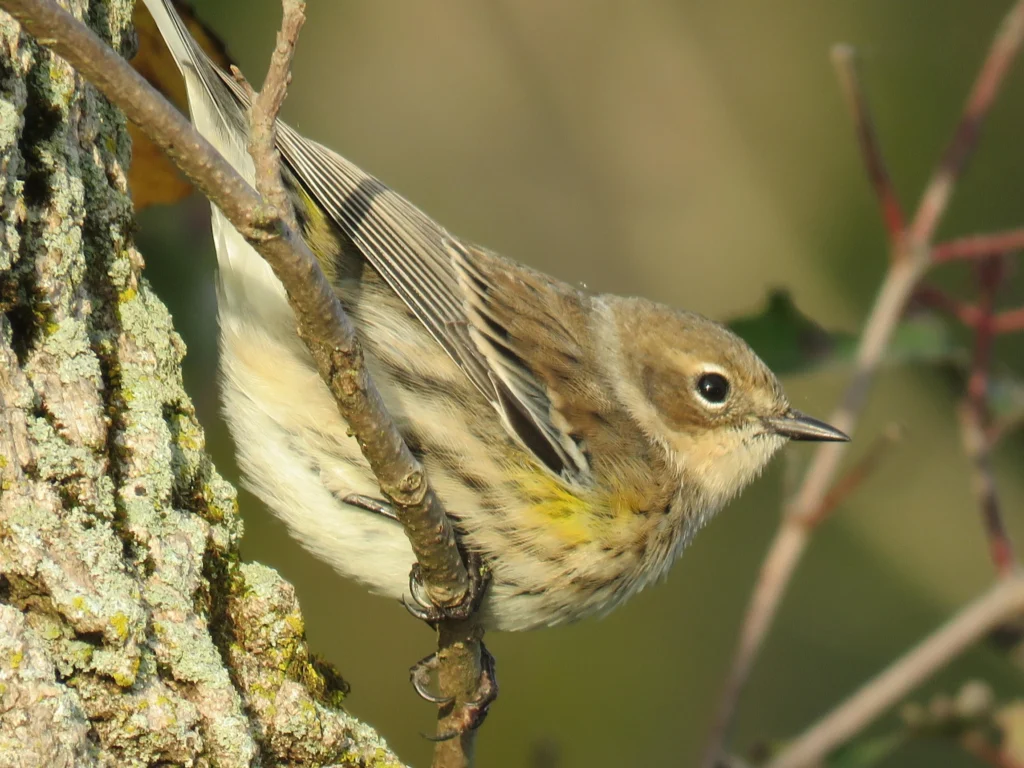
Why Warblers Need Our Help
Warblers depend on native habitats for nesting, foraging, and shelter. Many species migrate long distances and stop in Florida to refuel on their journey, while others winter here or even nest locally. With habitat loss and pesticide use diminishing their food sources, creating a biodiverse and bird-friendly space in your garden can make a real difference.
The Key to a Warbler-Friendly Landscape: Native Plants & Insect Support
Warblers are primarily insectivores, relying on caterpillars, beetles, and spiders as their main food source. One of the best ways to support them is by planting species that attract butterflies and other insects. Many butterfly host plants serve as nurseries for caterpillars, which in turn provide vital nourishment for warblers and their young.
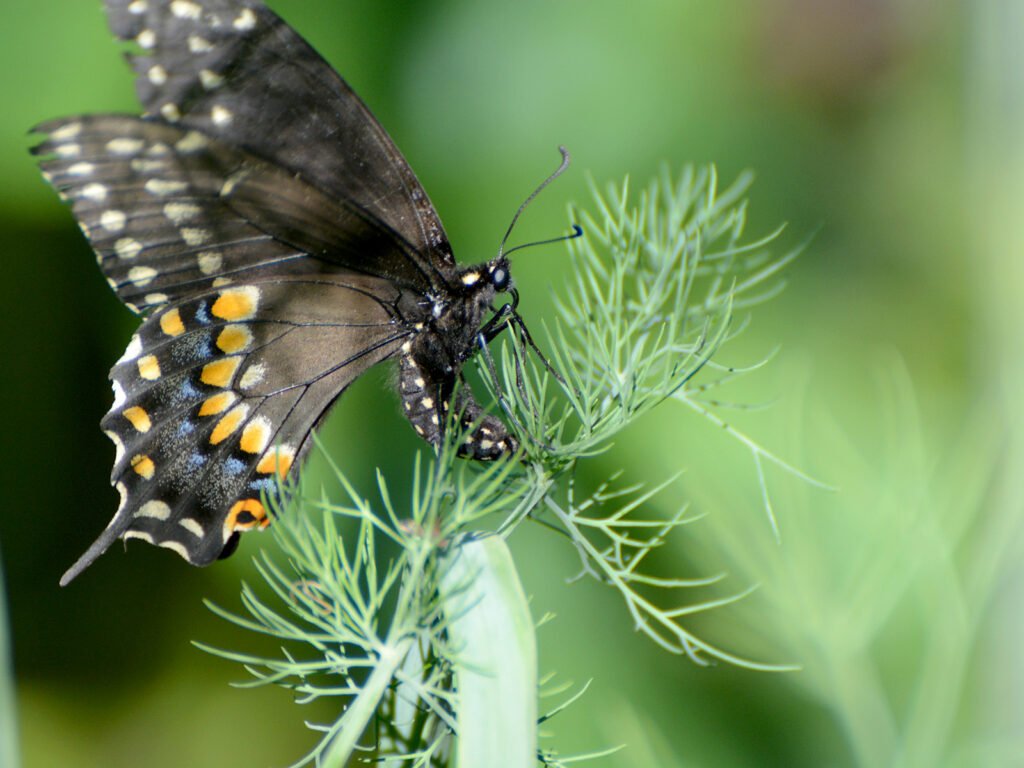
500 Bouquet Dill Seeds for North America – Black Swallowtail
With more than one full gram in every pack, you’ll receive an astonishing number of seeds (well over 500) – enough to transform your garden into a dill paradise. Attracts Black Swallowtails. For all North America.
Essential Larval Host Plants for Butterflies and Warbler Food
These native plants support caterpillars that, in turn, feed warblers:
- Milkweed (Asclepias spp.) – Host for Monarch and Queen butterfly larvae, attracting warbler prey.
- Dill, Fennel & Parsley – Hosts for Black Swallowtail larvae, offering abundant caterpillar food for birds.
- Oak Trees (Quercus spp.) – One of the best trees for hosting moth and butterfly larvae, providing an essential warbler food source.
- Willow (Salix spp.) – A larval host for numerous butterfly species and a favorite for foraging warblers.
- Hackberry (Celtis laevigata) – Hosts the American Snout and Tawny Emperor butterflies while providing shelter.
- Passionflower (Passiflora incarnata) – Host for Gulf Fritillary butterflies, whose caterpillars warblers will eagerly eat.

5 Florida-Native Sand Live Oak Seeds (Quercus Geminata)
Johnny Butterflyseed’s Florida-Native Sand Live Oak Seeds (Quercus geminata)
Bring a piece of Florida’s unique ecology into your garden with Johnny Butterflyseed’s ‘5 Florida-Native Sand Live Oak Seeds (Quercus geminata).’ Sourced responsibly from conservation lands on the Lake Wales Ridge in Polk County, Florida, these seeds are collected following the Center for Plant Conservation g…
Shelter & Nesting: Creating Safe Spaces for Warblers
Warblers prefer dense foliage and well-structured vegetation to protect them from predators and harsh weather. Adding these plants will give them ideal nesting and roosting sites:
- Shrubs & Small Trees:
- Wax Myrtle (Morella cerifera) – Provides berries in winter, shelter, and nesting cover.
- Black Drink Holly (Ilex nigrempotum) – Offers thick foliage and a food source through its berries.
- Beautyberry (Callicarpa americana) – Attracts insects, provides berries, and offers excellent cover.
- Saw Palmetto (Serenoa repens) – Great for ground-nesting birds and insects alike.
- Vines & Ground Cover:
- Virginia Creeper (Parthenocissus quinquefolia) – Provides cover and berries while attracting insects.
- Frogfruit (Phyla nodiflora) – A low-growing butterfly host plant that warblers forage in for insects.
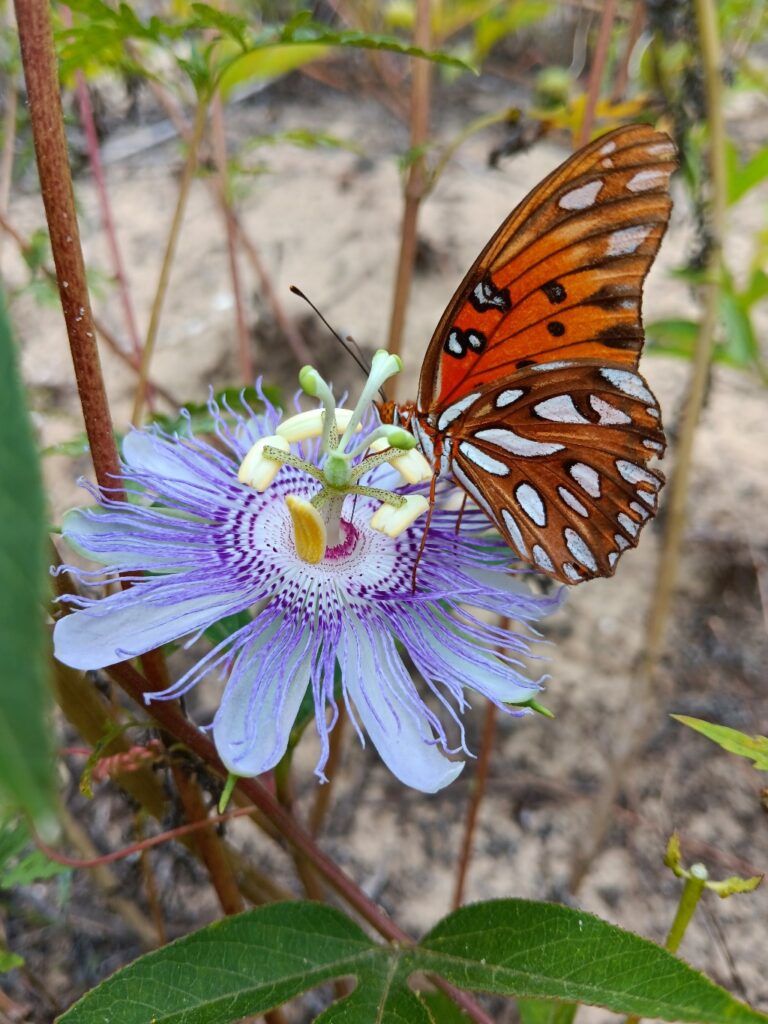
20 Florida-Native Maypop Purple Passionvine Seeds (Passiflora Incarnata)
Maypop Purple Passionvine Passiflora Incarnata seeds. Florida Native. 20+ seeds.
DIY Nest Box for Warblers
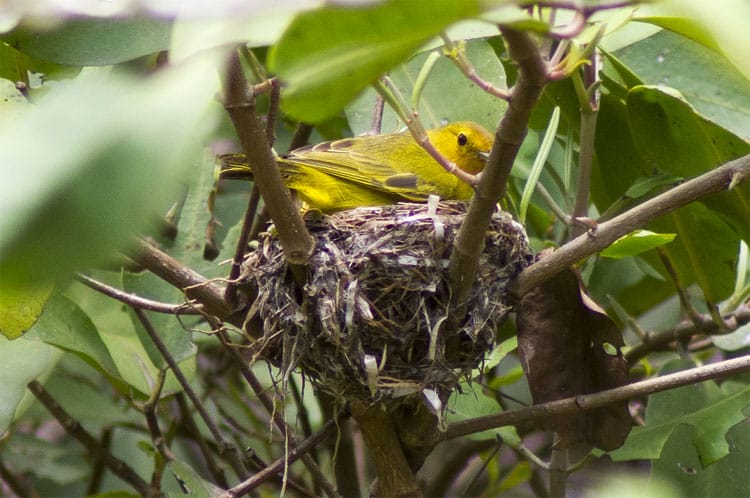
https://www.birdorable.com/blog/all-about-warbler-nests
While most warblers build nests in trees and shrubs, Prothonotary Warblers and a few others will use nest boxes. Here’s how to create one suited to them:
Nest Box Design
- Internal Dimensions: 5″ x 5″ floor space, 8″ height.
- Hole Size: 1 1/8” diameter (prevents larger birds from taking over).
- Placement: 4-6 feet above the ground in a shaded, wooded area near water.
- Orientation: Entrance hole facing away from prevailing winds for protection.
- Material: Untreated wood, preferably cedar, with drainage holes.
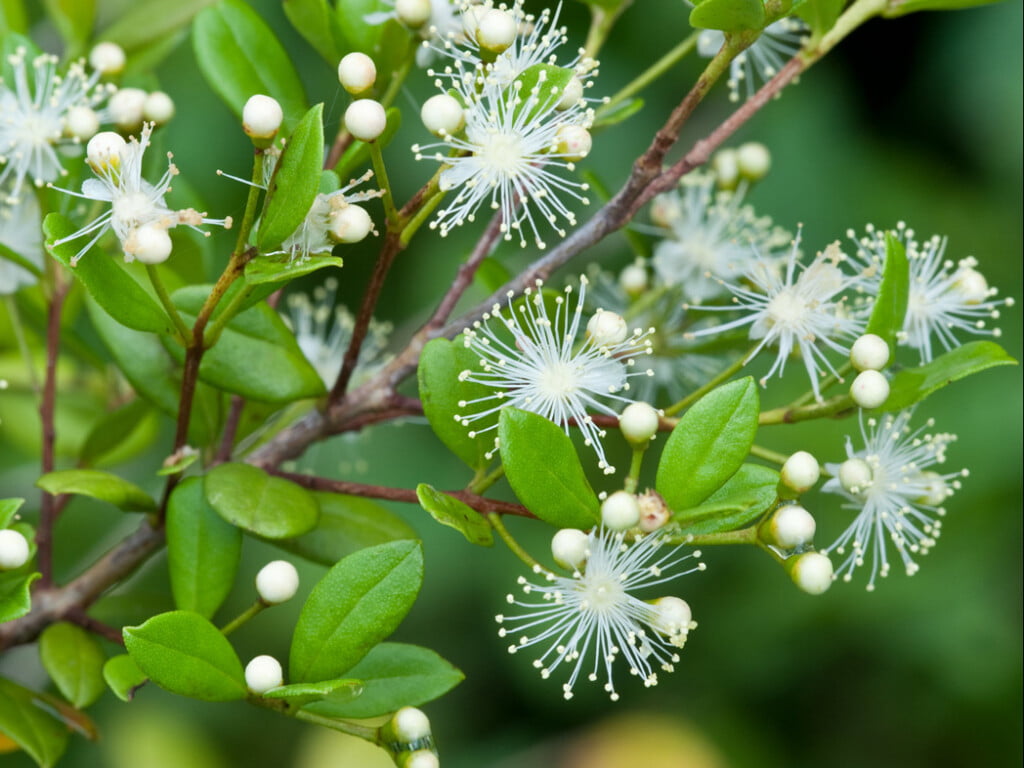
5 Florida-Native Simpson’s Stopper Twinberry Seeds (Myrcianthes fragrans)
Johnny Butterflyseed Simpson’s Stopper Seeds (Myrcianthes fragrans) – Pack of 5, Florida Native, Conservation Status: State Threatened!
Warbler-Friendly Garden Maintenance
- Skip the Pesticides – Native insects are crucial for warblers; avoid chemical sprays.
- Leave Some Leaf Litter – Many warblers forage on the ground, flipping leaves to find insects.
- Create a Water Feature – A shallow birdbath or a drip fountain will attract birds.
One Day at a Time: Supporting Warblers & Pollinators
Every plant added to your yard that supports insects or provides shelter strengthens the ecosystem for warblers. Johnny Butterflyseed encourages gardeners to take small steps, one day at a time, to rebuild these vital connections.
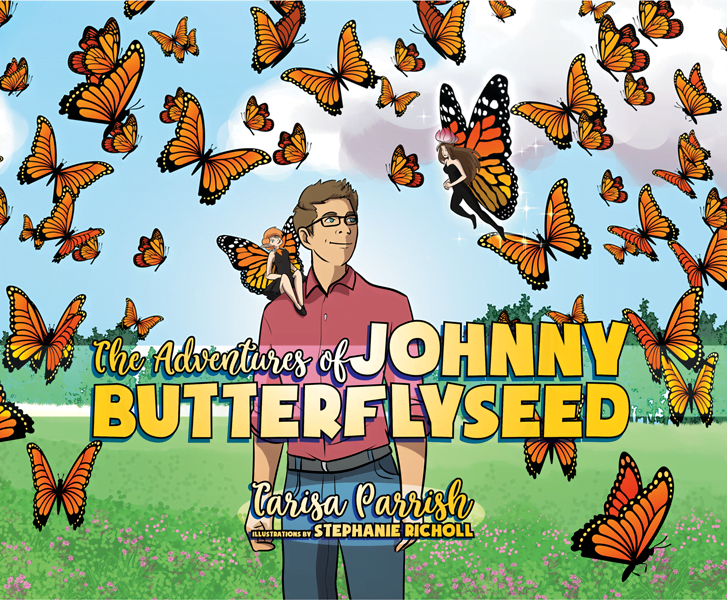
The Adventures of Johnny Butterflyseed – Author Signed First Edition Children’s Book
Save the monarchs!
Johnny Butterflyseed and his fairy friend, Raven Silverwing, embark on a mission to save the rapidly disappearing butterflies. They enlist the help of Queen Venus Goldwing and her kingdom of monarchs to educate and inspire kids to become butterfly farmers. At first, Johnny faces his own internal struggle with self-doubt and fear in his ability to make a difference, but then soon develops a mindset that allows him to not only get started, but also make progress one day at a time. Through challenge after challenge, Johnny learns that he is not alone in his mission and that there are many people who want to help. Together, Johnny, Raven, and Queen Venus educate thousands of children on becoming butterfly farmers.
If you’re looking for Milkweed seeds, native tree saplings, or butterfly host plants, visit Johnny Butterflyseed to start your own ecological space today! Together, we can turn our gardens into thriving sanctuaries for Florida’s warblers and the insects they depend on… one day at a time!
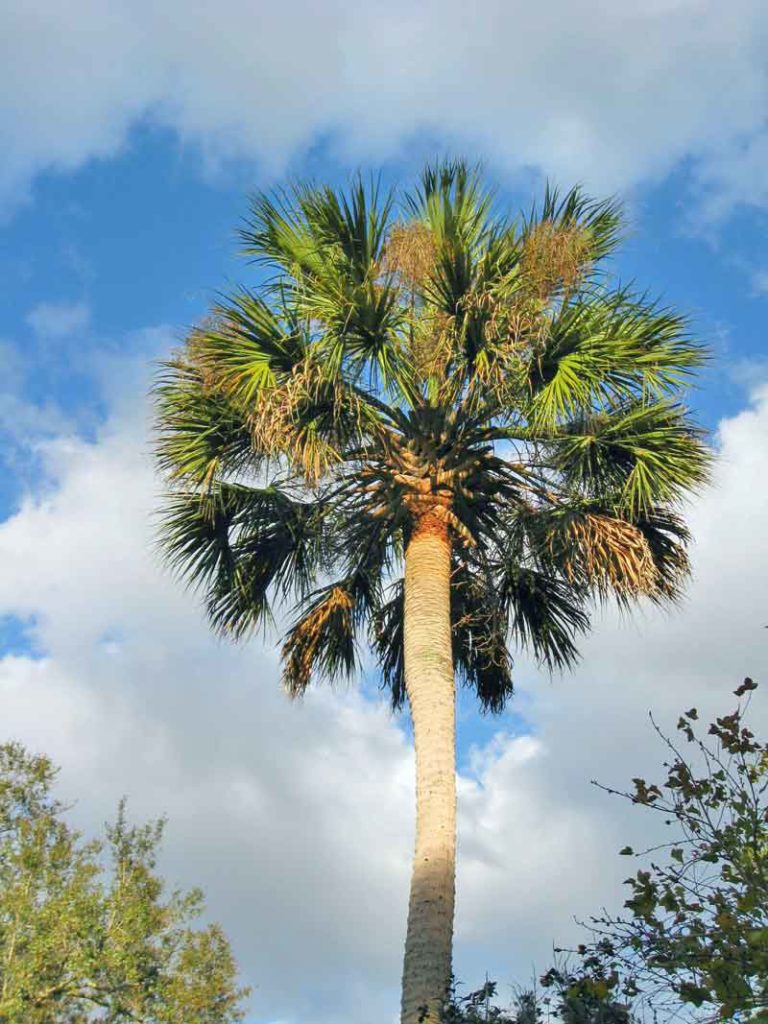
50 Florida-Native Cabbage Palm Seeds (Sabal palmetto) – State Tree of Florida
Whether you’re looking to add a tropical touch to your garden or support local ecosystems, Cabbage Palm Seeds are your ticket to a thriving, resilient palm that sways gracefully with tales of its native land. 10 seeds.
Origin: Polk County, FL, USDA 8-11.
